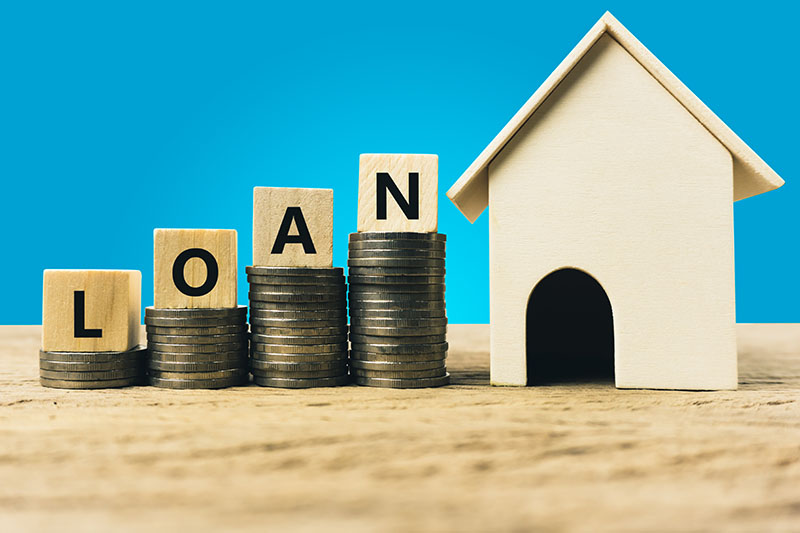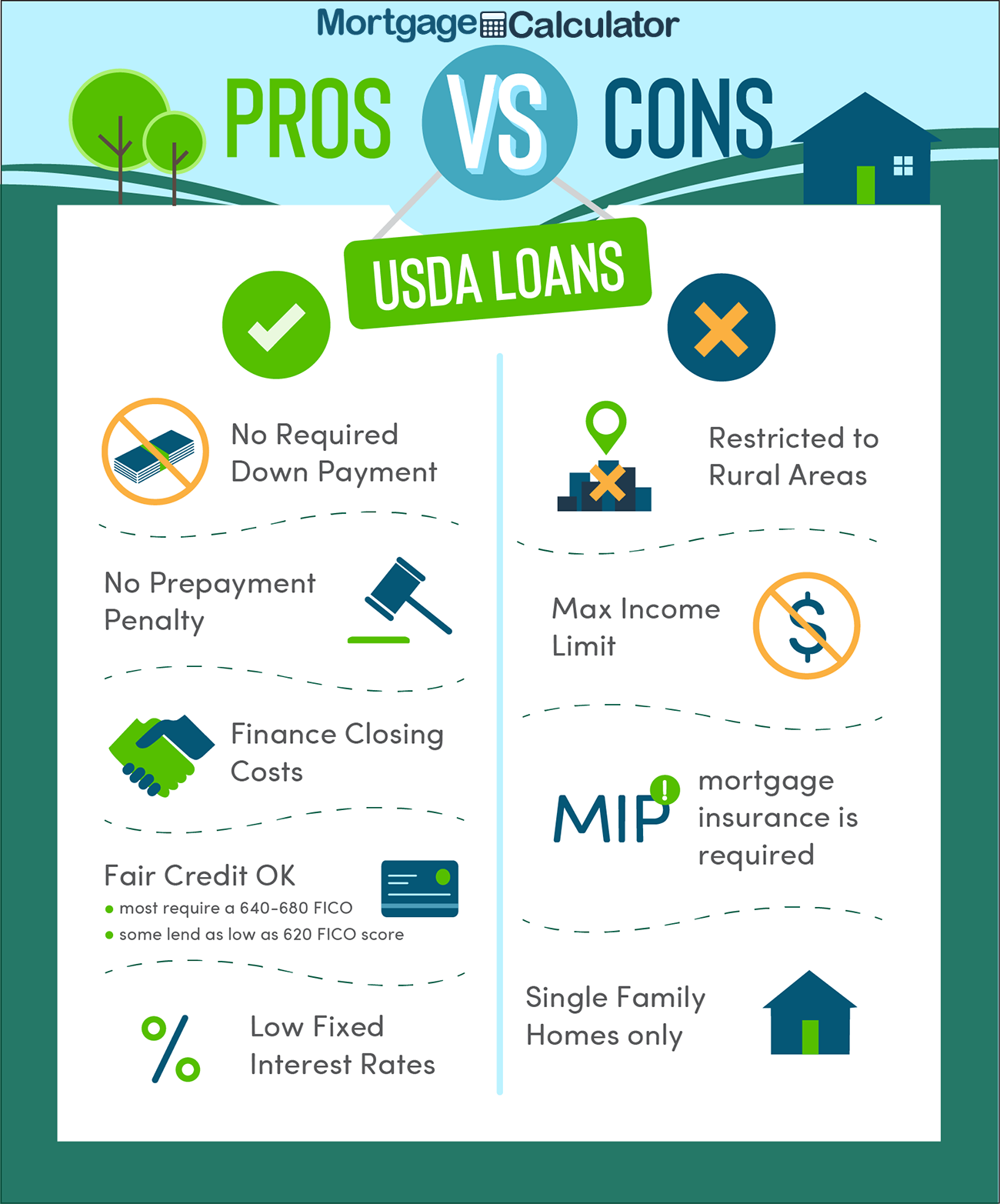Expert Tips for Protecting Conventional Mortgage Loans with Affordable Prices
Expert Tips for Protecting Conventional Mortgage Loans with Affordable Prices
Blog Article
The Necessary Variables to Think About When Picking In Between Fixed-Rate and Variable-rate Mortgage Loans
When reviewing home loan alternatives, borrowers encounter a critical choice between fixed-rate and adjustable-rate loans, each providing potential pitfalls and distinct advantages. Secret factors to consider such as passion rate stability, predictability in regular monthly payments, and the effects of prospective rate modifications can substantially impact lasting financial health. Moreover, understanding the anticipated duration of homeownership and the total price of loaning can form one's strategy. As these factors link with specific monetary circumstances and run the risk of tolerance, the implications of this selection may not be as straightforward as they seem. What subtleties should be focused on in this important decision-making process?
Rate Of Interest Stability
When selecting a home loan, recognizing passion rate stability is vital for educated decision-making. Interest rates can substantially influence the overall cost of a home loan, and acknowledging the nature of these prices is essential for customers.
On the other hand, adjustable-rate home loans (ARMs) start with reduced first prices that might alter occasionally based upon market problems. While this can cause reduced settlements originally, it also introduces uncertainty, as borrowers may face enhanced payments if rates of interest rise. For those thinking about an ARM, it is important to examine the chance of price adjustments, the possibility for payment increases, and the length of the initial fixed-rate period.
Inevitably, the option between adjustable-rate and fixed-rate mortgages pivots on specific risk tolerance and economic scenarios. Recognizing rate of interest stability helps customers make informed choices that line up with their long-lasting monetary objectives.
Regular Monthly Settlement Predictability
While consumers typically focus on rates of interest stability, the predictability of monthly settlements is similarly crucial in the home loan selection process (Conventional mortgage loans). Month-to-month repayment predictability plays a crucial duty in budgeting and economic preparation, as it directly influences a homeowner's money flow and general financial health
Fixed-rate home mortgages supply a consistent regular monthly repayment throughout the life of the loan, allowing customers to anticipate and intend their costs effectively. This security can be specifically beneficial for newbie property buyers or those on a fixed revenue, as it removes the unpredictability connected with varying payments.
Alternatively, variable-rate mortgages (ARMs) commonly include reduced initial repayments that can change with time, bring about prospective irregularity in month-to-month commitments. While at first attractive, this unpredictability can make complex financial planning, specifically if debtors do not make up future price changes.
Prospective Price Adjustments
In the world of variable-rate mortgages (ARMs), possible price changes stand for a substantial aspect that borrowers have to carefully consider. Unlike fixed-rate mortgages, where the passion price stays the same for the life of the car loan, ARMs are defined by changing rate of interest rates that are tied to market indices. This variability can lead to considerable adjustments in month-to-month repayments, affecting the customer's economic planning and budgeting.
Debtors should be conscious of the margin and index utilized to compute these adjustments, as they straight affect future passion rates. In addition, ARMs often consist of caps that restrict how a lot the rate of interest price can raise at each change and over the life of the car loan, which can provide some degree of protection against extreme price walks.
Comprehending these possible modifications is essential for consumers, as they directly impact long-term payment obligations. Analyzing personal monetary scenarios and risk tolerance is crucial when choosing whether an ARM lines up with one's economic objectives.
Car Loan Term Factors To Consider
Loan term considerations play an essential duty in the decision-making procedure for borrowers choosing between adjustable-rate and fixed-rate home mortgages. The length of the car loan term substantially influences month-to-month payments, interest rates, and overall monetary planning. Fixed-rate home loans normally use regards to 15 to three decades, giving security in month-to-month settlements and predictability in budgeting. This can be specifically appealing for borrowers that intend to remain in the very same home lasting and favor the assurance of set payments throughout the life of the lending.

Ultimately, customers should analyze their individual scenarios, monetary goals, and market problems when evaluating the ramifications of car loan term choices within each home mortgage type.

General Cost of Loaning
Fixed-rate mortgages provide foreseeable month-to-month settlements, as the interest rate stays continuous throughout the car loan term. This predictability can lead to reduced total prices, especially in a stable or declining interest rate atmosphere.
On the other hand, adjustable-rate home mortgages (ARMs) typically start with lower initial rates, resulting in lowered ahead of time costs. However, these prices can enhance after a first duration, resulting in potentially higher long-lasting expenses. Borrowers must consider the regularity and level of price modifications, in addition to the general funding duration, to accurately assess the economic effects.
In addition, the general click this expense of borrowing incorporates not only rates of interest however likewise fees and various other linked expenses, such as closing prices and insurance policy (Conventional mortgage loans). When reviewing home loan options, consumers ought to conduct a complete wikipedia reference expense evaluation over the life of the finance. By doing so, they can make an informed choice that aligns with their economic goals and take the chance of tolerance
Verdict
In final thought, selecting between adjustable-rate and fixed-rate mortgage demands cautious factor to consider of several important factors. Rate of interest stability and month-to-month payment predictability are vital for effective budgeting, while the capacity for price changes in ARMs introduces economic uncertainty. Furthermore, the awaited duration of homeownership and the overall expense of loaning, including rates of interest and connected fees, need to straighten with individual monetary conditions and risk tolerance. Such a thorough analysis will help with educated decision-making in home mortgage option.
Key considerations such as rate of interest rate stability, predictability in month-to-month settlements, and the effects of possible price modifications can substantially affect long-lasting monetary health. Interest rates can dramatically influence the general expense of a home loan, and recognizing the nature of these prices is essential for consumers. Unlike fixed-rate home mortgages, where the rate of interest rate remains unmodified for the life of the lending, ARMs are characterized by rising and fall passion prices that are linked to market indices. In addition, ARMs usually consist of caps that limit just how much the interest price can boost at each modification and over the life of the car loan, which can offer some level of protection versus extreme price walkings.
Interest price stability and monthly repayment predictability are critical for reliable budgeting, while the capacity for price modifications in ARMs presents monetary unpredictability.
Report this page